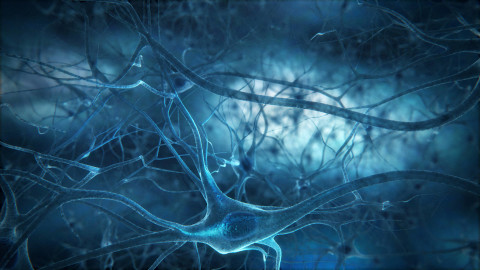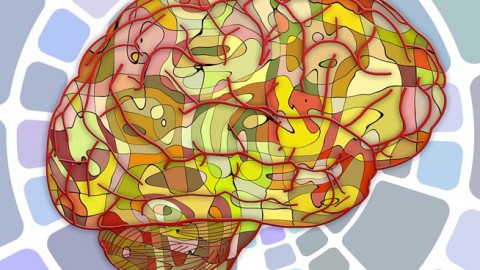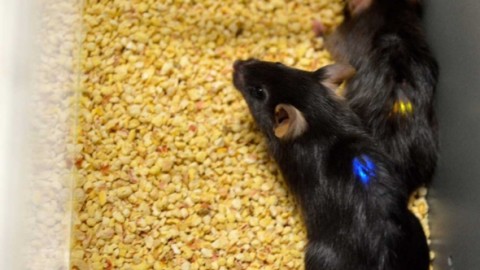The year 2015 marked the ten-year anniversary of the introduction of channelrhodopsin 2 (ChR2) into neuroscience. ChR2 has proven to be a powerful tool not only for stimulating neurons, but also for inspiring the development of other optogenetic tools. Typically, these tools are excited with wide-field illumination, and specificity is imparted by their expression in genetically defined neurons. But for a more detailed dissection of neural circuitry, patterned illumination schemes come in handy. These allow one to manipulate the activity of particular subsets of neurons within a genetically defined population.
The desired illumination patterns can be generated in different ways. Illumination with fast scanning mirrors is an option, or computer-generated holographic patterns may be produced with spatial light modulators. In addition, illumination schemes need to be integrated with the optical readout of neural activity that is often combined with optogenetic activation. Linking these two goals is not necessarily easy and requires optimization because of optical cross-talk between the optogenetic activators and the activity sensors.








Recent Comments